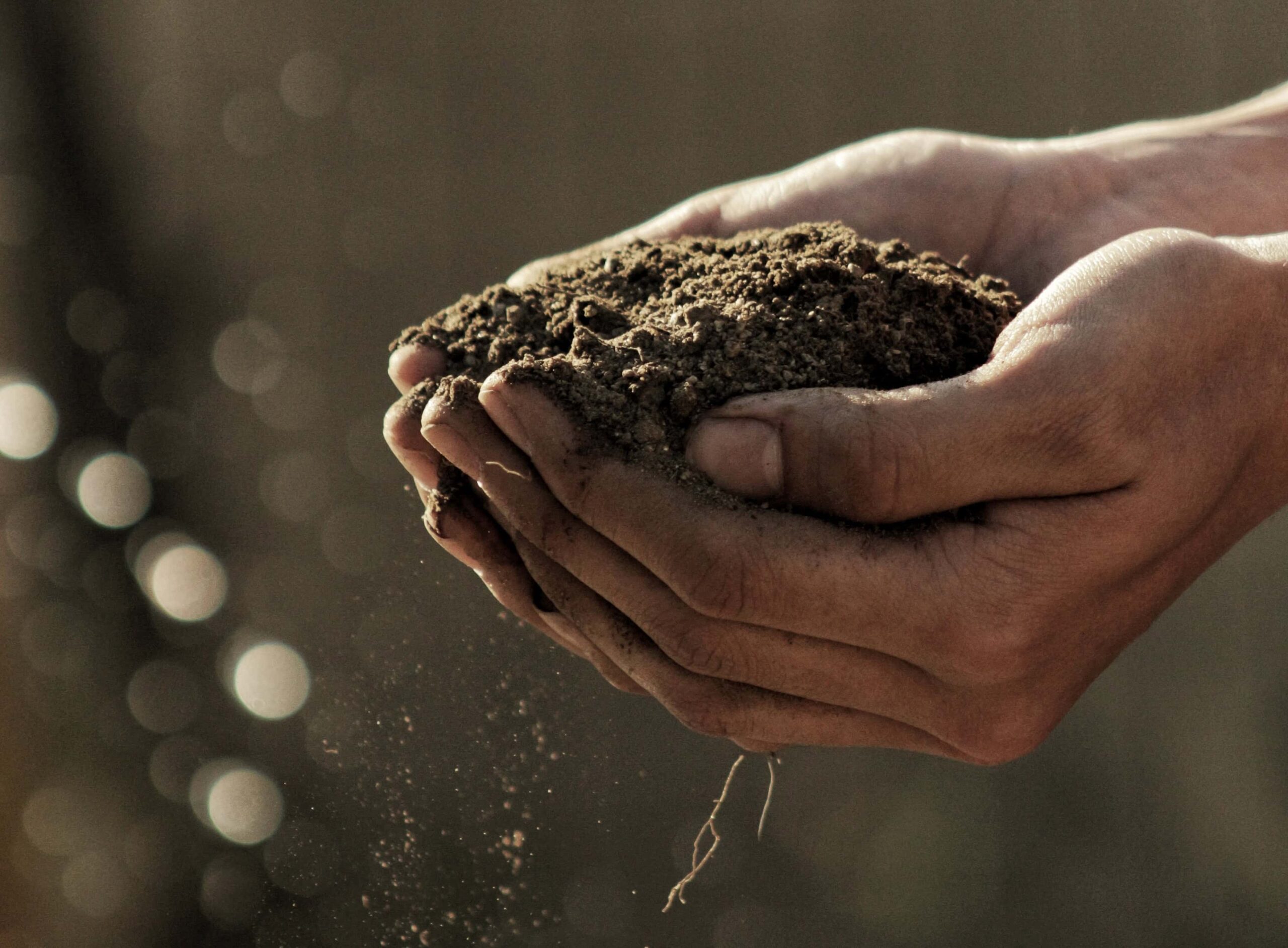Some information may be outdated.
By Diane Ackerman
Food waste is a type of solid waste, the garbage you regularly roll out to the curb to be hauled to the landfill.
One-third of food in America is wasted. Where does this incredible amount of food come from? Overages from catered events, spoilage and leftover food and vegetable scraps from single-family residences, spoilage and kitchen wastes from grocery stores, restaurants and schools, hospitals, etc. Excess zucchini or tomatoes you have in your home garden could potentially be food waste if not harvested and shared.
Fuel emissions are significant when you consider hauling food that ends up buried in a landfill: methane gas produced from buried food wastes is a significant contributor to greenhouse gases. The good news is many municipalities in this country are composting food waste, and if not the municipalities themselves, many places have community compost options.
When the compost then goes into a garden, the food produced using that compost creates a circular food economy, which is a great thing.
What is a circular food economy? A circular food economy is a model of production and consumption of food in which there is no waste (a more familiar term we affiliate with this model is permaculture). Onsite composting produces all the inputs needed to grow food leaving little or no waste.
This sort of thing happens a lot in nature. Think of forests where leaves fall to the forest floor and become a nutrient-rich material that feeds not only the forest vegetation but also many other creatures living in the decaying ecosystem it creates.
Our vegetable gardens can be analogous to the forest. If our gardens emulate the nature-based forest analogy, they become a circular food economy. Not all of us grow the food we eat, but we prepare food in our homes, so it makes sense to think about this process beginning in our kitchens. I collect discarded vegetable matter while preparing meals in a container on my kitchen countertop. This constant supply of carrot tops and potato peelings goes into my compost where it breaks down and nurtures the food I grow.
End-of-season garden debris and other organic materials go in my compost pile as well. If you have no garden, you can dig a hole and bury vegetable wastes, perhaps somewhere on your property or even in a large soil-filled flower pot. I have seen small, cylindrical kitchen waste compost piles protected from vermin with a chicken wire cage in small backyards. You can watch the material break down if kept sufficiently moist and aerated.
The point is our gardens can produce food with essentially no waste.
We are lucky in Moab to have several public gardens that grow and market food and have active, onsite composting: the Youth Garden Project (youthgardenproject.org) and Moab Community Gardens (mocomgardens@gmail.com). Plus, these resources host free workshops: you may have attended the composting workshop I led at the Youth Garden this spring, where participants built a compost pile together. By mixing and heaping grass clippings, tree leaves and other organic matter and incorporating a healthy amount of horse manure and water, we created a 5-foot pile. You might see a much smaller pile near interpretive signage along Mill Creek Parkway adjacent to YGP gardens because as the pile breaks down it shrinks a lot!
There are other community-supported agriculture endeavors in the area, like Easy Bee Farm (easybeefarm.com). Farmer Sean at Castle Valley Farms (castlevalleyfarms.com) toured me around their facility recently. They sell food around both Castle Valley and Moab grown with compost produced from onsite garden debris and horse manure sourced locally. One can begin to associate nutrient-rich food and composting when you see these operations for yourself.
I hope you are curious and take the time to visit one of these gardens: Contact them and arrange a tour to see what a circular food economy looks like.
I believe all options should be on the table to tackle food waste in our community. We could get creative and take the circular food economy model to a new level as those living in the state of California have done: in 2022, California State Bill 1383 made it illegal to put food scraps in the garbage! Local communities are scrambling to come up with possible ways to comply. One solution that seems to be working for some is a decentralized, people-powered community-centered business model. A California Alliance for Community Composting (CACC) study comparing this model to industrial composting showed community composting got compost in the ground faster with considerably less cost.
Moab’s Sustainability Action Plan could be a place to start the conversation. With the collaboration of city partners and local nonprofits, the City of Moab could be a catalyst to expand on the circular food economy model and come up with innovative solutions to the food waste problem in the community.
Diane Ackerman serves on the board of Canyonlands Solid Waste Authority and Technical Advisory Committee–Moab Stability Action Plan.
Appreciate the coverage? Help keep local news alive.
Chip in to support the Moab Sun News.



